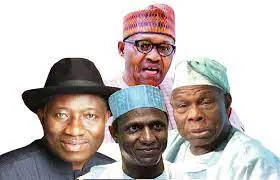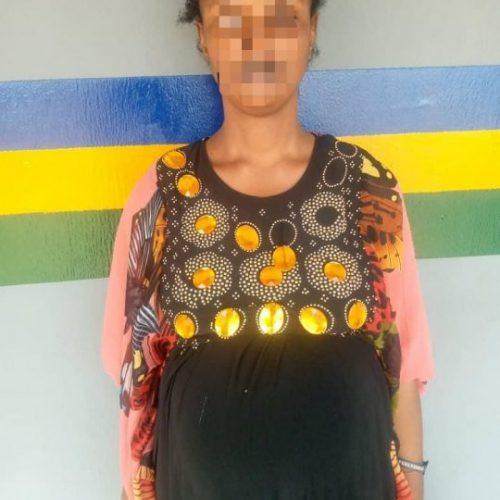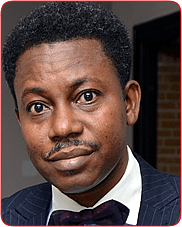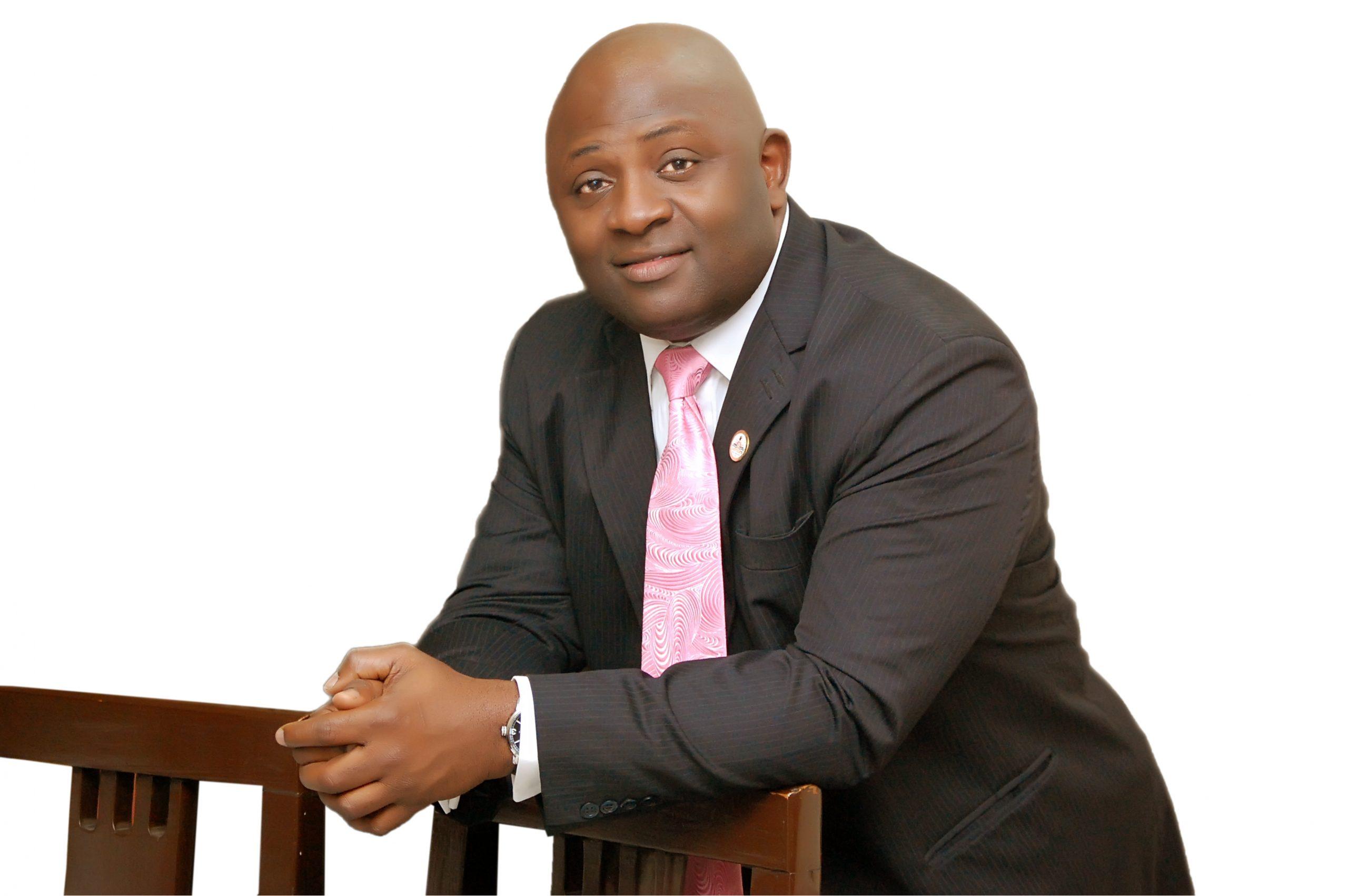The macroeconomic performance of Nigeria since the return of democracy in 1999 has been mixed, comprising moderate Gross Domestic Product, GDP growth on average, fluctuating external reserves, rising inflation and exchange rates and some periods of economic downturns.
The country also faces challenges in financing its developmental needs, leading to various initiatives to diversify government revenue sources and improve the efficiency of spending, according to the highlights of macroeconomic performance under Nigerian presidents since 1999 published by Ibadan-based Analysts Data Services and Resources.
The report which highlighted the performance of key macroeconomic indicators during the administration of Nigerian past presidents sought to provide inputs into policy discussions and the establishment of baseline data for the new administration.
“The primary focus is on the four segments of the macro-economy, namely, output and prices, international trade and finance, public finance and the financial sector. Three indicators are selected under each of these segments and their values are compared for the years that a new president came into office, what he left behind and the average value during his tenure,” it stated.
According to the report, Olusegun Obasanjo’s administration, which started with a growth rate of 2.58 per cent in May 1999, ended with 6.06 per cent growth in May 2007. Inflation rate dropped from 11.91 per cent to 8.55 per cent while there was a spike in unemployment rate from 10 per cent to 12.30 per cent.
In the international trade & finance segment, while the administration met the official exchange rate at N21.89/$, it ended with N128.29/$; the administration was able to grow the external reserve from $7.11bn to $42.30bn and the current account balance as per cent of GDP from -6.90 per cent to 25.31 per cent.
However, public debt as percentage of GDP moved from 24.85 per cent to 7.26 per cent, revenue as percentage of the GDP declined from 7.36 per cent to 6.05 per cent while expenditure as percentage of GDP also declined from 10.14 per cent to 6.38 per cent under the public sector segment.
Looking at financial statistics, the report showed that the money supply-GDP ratio under Obasanjo’s administration started at 10.16 to close at 12.50; the Monetary Policy Rate (MPR) dropped from 13.50 per cent to 10 per cent, while the Equities Market Capitalisation as percentage of GDP moved from 5.34 per cent to 13.92 per cent.

Under Musa Yar’adua’s administration, key indicators in Output & Prices were a growth rate of 8.0 per cent as of May 2010 from 6.06 per cent in May 2007; inflation moved from 8.55 per cent to 14.10 per cent while unemployment rate increased from 12.30 to 19.70 per cent. In International Trade & Finance, the official exchange rate moved from N128.29/$ to N149.99/$, the external reserves declined from $42.30bn to $37.47bn as the current account balance as percentage of GDP dropped from 25.31 per cent to 8.33 per cent.
Public debt as percentage of GDP moved from 7.26 per cent to 8.79 per cent, revenue as percentage of GDP dropped from 6.05 per cent to 5.60 per cent while expenditure as percentage of GDP moved from 6.38 per cent to 7.57 per cent under the public sector segment. In the financial statistics, money supply-GDP moved from 12.50 per cent to 22.29 per cent, MPR dropped from 10 per cent to six per cent while equities market CAP as percentage of GDP dropped from 13.92 per cent to 11.48 per cent.
Under the five-year reign of Goodluck Jonathan from May 2010 to May 2015, growth rate dropped from eight per cent to 2.31 per cent; inflation rate declined from 14.10 per cent to 7.98 per cent while unemployment slowed down from 19.70 per cent to 6.41 per cent. In comparison, the growth rate stood at 2.31 per cent during the eight years reign of Muhammadu Buhari from May 2015 to May 2023; inflation, however, spiked from 7.98 per cent to 22.22 per cent while unemployment rate increased from 6.41 per cent to 33.28 per cent.
While the official exchange rate moved from N149.99/$ to N196.95 under Jonathan, it galloped from N196.95/$ to N461.06/$ under Buhari. Under Jonathan, external reserves dropped from $37.47bn to $28.34bn while the current account balance as percentage of GDP dropped from 8.33 per cent to 0.18 per cent. The Buhari’s administration took external reserves from $28.34bn to $35.15bn while the current account balance as percentage of GDP moved from 0.18 per cent to 0.21 per cent.
Public debt as percentage of GDP, revenue as percentage of GDP and expenditure as percentage of GDP moved from 8.79 per cent to 12.42 per cent, 5.60 per cent to 3.60 per cent and 7.57 per cent to 4.57 per cent respectively under Jonathan. Under Buhari, it moved from 12.42 per cent to 22.85 per cent, 3.60 per cent to 2.62 per cent and 4.57 per cent to 6.62 per cent respectively.
Jonathan took the money supply-GDP ratio from 22.29 per cent to 22.65 per cent, MPR from six per cent to 13 per cent and Equities Market Cap as percentage of GDP from 11.48 per cent to 12.73 per cent. On the other hand, Buhari moved the money supply-GDP ratio to 24.84 per cent from 22.65 per cent, MPR to 18.50 per cent from 13 per cent and Equities Market Cap as percentage of GDP to 13.79 per cent from 12.73 per cent.
Equipping policymakers with necessary data, information
The Managing Director/Chief Economist of ADSR, Dr Afolabi Olowookere, in an earlier statement, stressed the need for policymakers to be equipped with the necessary data and information for socioeconomic performance in the current democratic dispensation.
He said policymakers should be supported to devise innovative means of addressing the country’s challenges and achieving its laudable vision with sustainable data and information.
Olowookere said it was based on the need to tackle the challenges of inadequate application of data in planning that “Nigeria in Figures: A Socio-Economic Databook” would be launched on June 8, 2023, at Muson Centre, Lagos.
Olowookere said he authored the book because of the need to provide evidence-based inputs into the discussions and target-setting for political office holders, advisers, policymakers, electorate, observers, researchers and businesses.
Olowookere said the book presents a comprehensive list of indicators measuring Nigeria’s socio-economic performance since 1999 at the national, regional and state levels.
“It is intended to provide baseline data and serve as a reference data book on Nigeria as well as a useful guide for benchmarking and monitoring the country’s socio-economic progress over time.
“The book has benefited from the comments and suggestions from subject-matter experts drawn from policy, industry, professional, academic and international institutions, including, Dr Shamsuddeen Usman, Doyin Salami, Dr Sarah Alade, Kingsley Obiora, Dr Ayo Teriba, Dr Suleyman Ndanusa, Dr ‘Laoye Jaiyeola, Emeritus Prof. Ademola Oyejide, Prof. Olu Ajakaiye, Prof. Ahmed Ummu Jalingo, Prof. Adeolu Adewuyi and Prof. Uche Uwaleke, among others,” he said.
Olowookere added that there would be a roundtable discussion at the book launch, with a group of discussants drawn from among these experts to engage in robust discussions on the topic: “Nigeria’s Socio-Economic Performance Since 1999: Lessons for New Policymakers.”
He said their discussions and recommendations as well as the communique to be issued at the end of the event are expected to contribute to the agenda for the new administration.
Other confirmed dignitaries expected at the book launch are Dr Ayo Teriba, the Chief Executive Officer, Economic Associates, and Member of Governing Council, Ministry of Finance Incorporated, Prof. Adeolu Adewuyi, Dean, University of Ibadan Business School, Ms Mary Uduk, Managing Director, Capital Market Support Services and Former Ag. DG Securities and Exchange Commission (SEC), Dr Chukwuka Onyekwena, Executive Director, Centre for the Study of the Economies of Africa, Mrs Toyin Sanni, Executive Vice-Chair/ Group Chief Executive Officer, Emerging Africa Group and Mr Lamido Yuguda, the Director-General, SEC, among many others.
Credit: Daily Trust





















